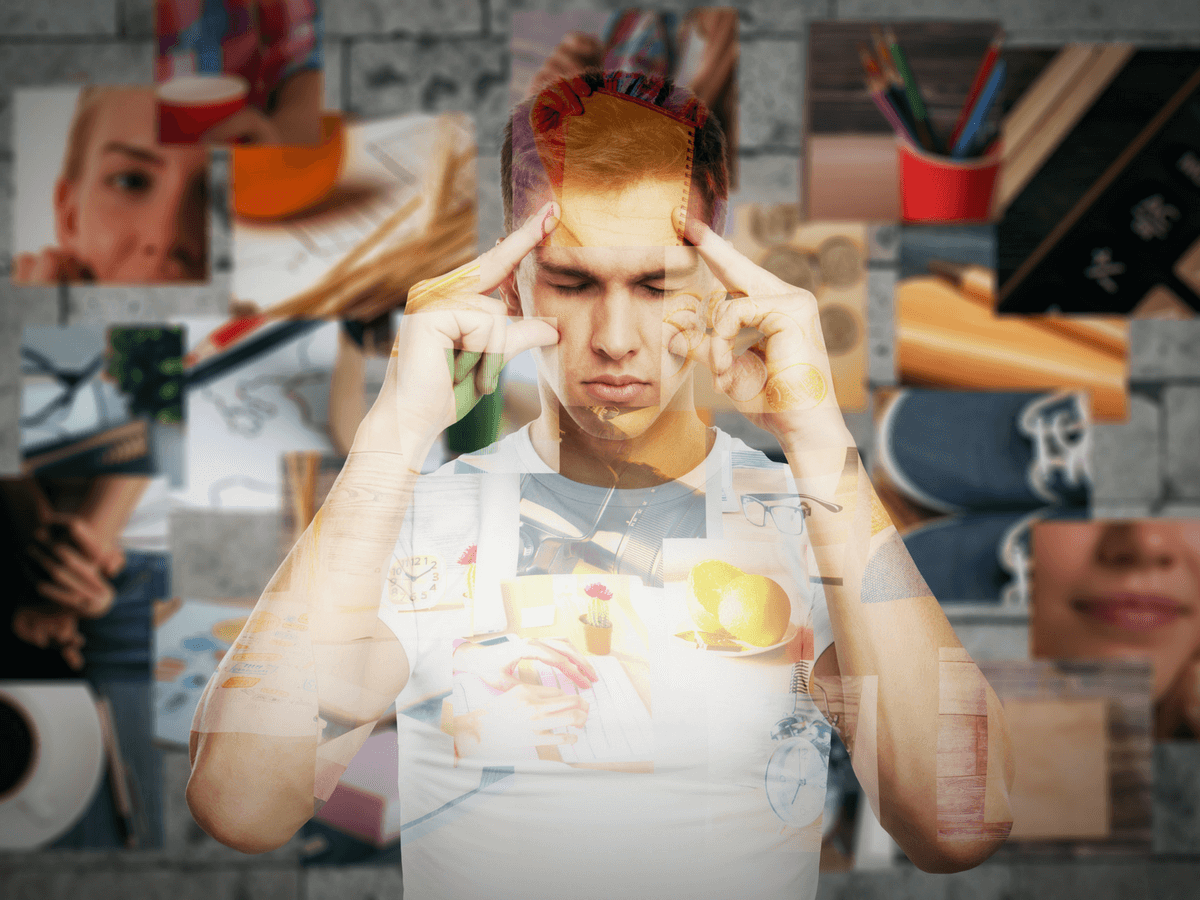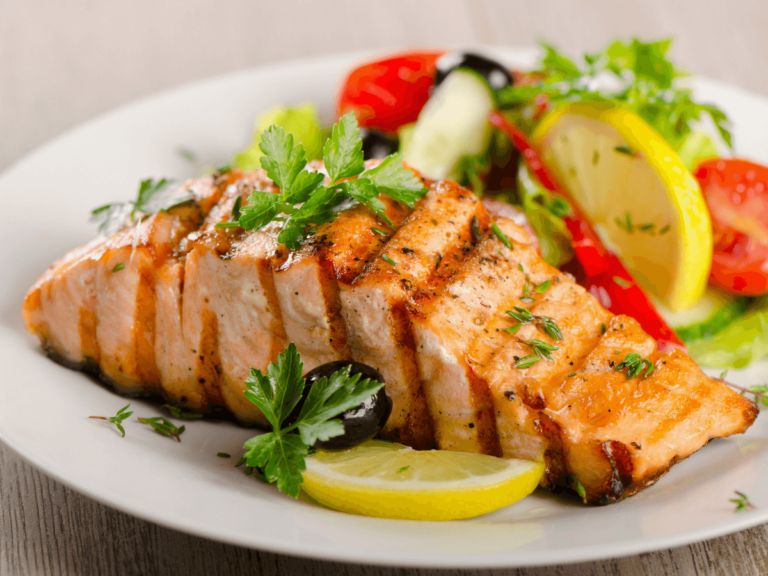Things were simpler when coffee was a good enough pick-me-up. In today’s world, though, a lot of people get their kicks from energy drinks. Energy drinks are made to be convenient and made to get you wired, so they often contain a lot more caffeine than a cup of coffee.
The amount of caffeine in energy drinks has been the subject of debate for a while. The warning labels that are now on the packaging of energy drinks are a sure sign that you need to be careful, but there are other things to worry about besides caffeine.
What else do energy drinks have in them?
Energy drinks have a lot more in them than sugar, water, and caffeine. The original brand that popularized the energy drink was Red Bull, and even though it’s one of the pioneers of the industry, it’s made with quite a few active ingredients.
Energy drinks contain a mixture of vitamins and minerals, which are advertised as providing additional health benefits on top of the energizing power of the drinks. Some contain active compounds like amino acids to create more powerful or different effects; some contain psychoactive compounds. A lot of energy drinks combine all these.
How do energy drinks affect my brain?
That depends on what you’re drinking. Let’s look at some of the most commonly used compounds.
- Ginseng is a herb that is native to North America and parts of Asia. It’s been used historically as a stimulant, and more recently as a nootropic that can boost cognitive performance. Ginseng adds a nice boost to the caffeine contained in energy drinks, as well as improving the concentration of the drinker.
- Guarana is a common addition to many energy drinks. The active constituent of guarana was once thought to be guaranine, a compound unique to the guarana plant. Turns out that the only active component in guarana is caffeine, but it’s present in such a high concentration that this is where a lot of energy drinks get their caffeine from.nThe coffee plant typically contains around 2% caffeine, whereas guarana can contain up to 6%. Guarana also contains theobromine, a similar compound to caffeine with longer-lasting, more relaxing effects.
- Yerba mate is another plant that contains significant amounts of caffeine. It’s a popular ingredient in energy drinks because it supplies caffeine and theobromine, just like guarana. The theobromine counteracts some of the jittery side effects of caffeine, and also metabolizes more slowly, providing energy for longer.
- L-theanine is an amino acid. It’s present in significant amounts in green tea, and is responsible for the relaxed feeling that green tea can provide despite being loaded with caffeine. Theanine supplementation can induce feelings of well-being and relaxation, so, naturally, its addition to energy drinks makes the ride much smoother.
- L-tyrosine is another amino acid. Tyrosine is involved in the process of synthesizing dopamine, which is one of your brain’s key neurotransmitters. Dopamine plays a huge part in your mood, motivation, and focus. Tyrosine is a popular addition to energy drinks because it can provide a mood boost which works perfectly with the energy boost provided by the caffeine.
- L-taurine is the most controversial ingredient in energy drinks. It provides a relaxing effect and can ease the crash that many people experience a few hours after an energy drink. There was a rumour started in the early twenty-first century that Red Bull was named after a bull because it contains taurine, which is bull sperm. (Taurus is Latin for “the bull,” which you probably know from the signs of the zodiac.)
This isn’t quite true. Taurine is a natural amino acid that is, indeed, found in the reproductive system of many mammals, including humans. This doesn’t mean that Red Bull keeps cattle farms just for the purpose of extracting taurine from some poor bull’s testicles!
Is it safe to consume all these ingredients?
Yes and no! All the ingredients used in energy drinks are approved by the FDA (Food and Drug Administration), but that doesn’t necessarily mean that they’re safe to consume in excess.
There are warnings on energy drink cans that recommend drinking no more than one can per day. This is sound advice, particularly when energy drinks contain combinations of the chemicals listed above – which pretty much all of them do.
There are also some specific precautions that you should take before drinking energy drinks. Everyone’s different, and no two people will have exactly the same reaction to a psychoactive compound.
- Excessive dopamine in the synapses of your brain can lead to psychosis, so consuming L-tyrosine can cause problems if you’re taking medications that affect the dopamine system. People taking ADHD medication like Ritalin or Adderall, or anti-psychotics like Buspar, should be careful taking L-tyrosine.
- Drinking alcohol with your energy drinks is forbidden by a warning on many of the cans. This is largely because of the phenomenon of Jagerbombs, which became wildly popular several years ago. A Jagerbomb is a shot of Jagermeister mixed with Red Bull, and the combination of stimulant and depressant can be hard on the heart.
- L-theanine and L-taurine are both relaxants, although not quite to the extent that they act as depressants. Still, they are both known to lower blood pressure and have a relaxing effect on the body. This can be a relief when faced with over-stimulation, but can also put a lot of stress on the brain and body.
In conclusion
Commercial energy drinks have a lot of different chemicals in them, and it’s important to understand how these chemicals work together before you dive into your energy drinks.
Some of these chemicals complement each other; others can clash. Read the labels of your drinks, don’t overdo it, and make sure that you’re not about to consume anything that might hurt you!



